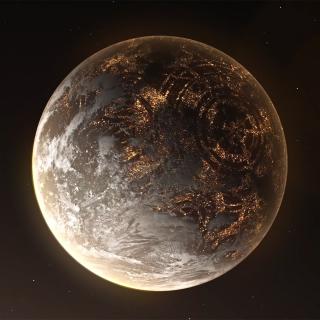
Umbral flashes are sudden brightenings commonly visible in the core of some chromospheric lines. Theoretical and numerical modeling suggests that they are produced by the propagation of shock waves. According to these models and early observations, umbral flashes are associated with upflows. However, recent studies have reported umbral flashes in downflowing atmospheres. We aim to understand the origin of downflowing umbral flashes. We explore how the existence of standing waves in the umbral chromosphere impacts the generation of flashed profiles. We performed numerical simulations of wave
Advertised on




